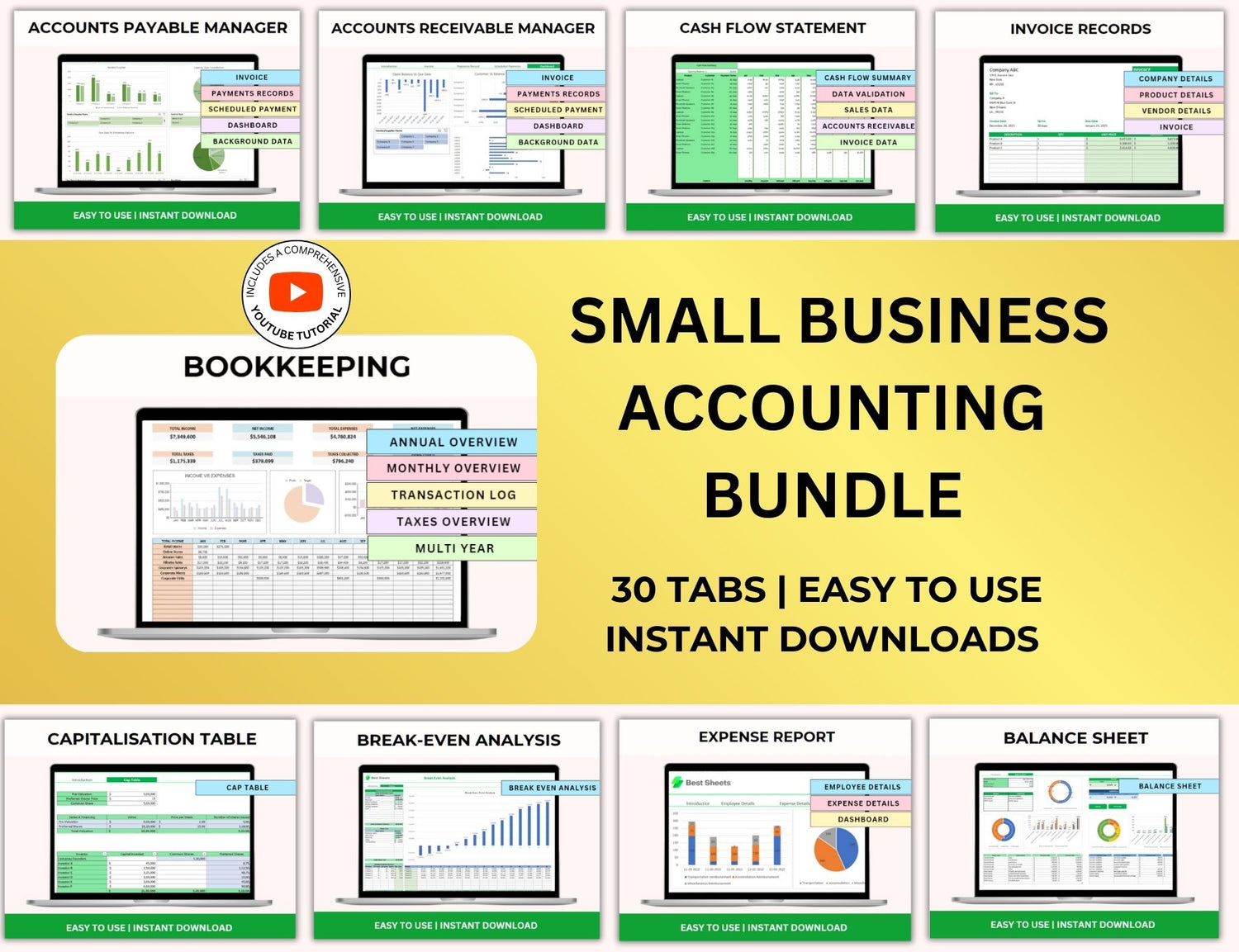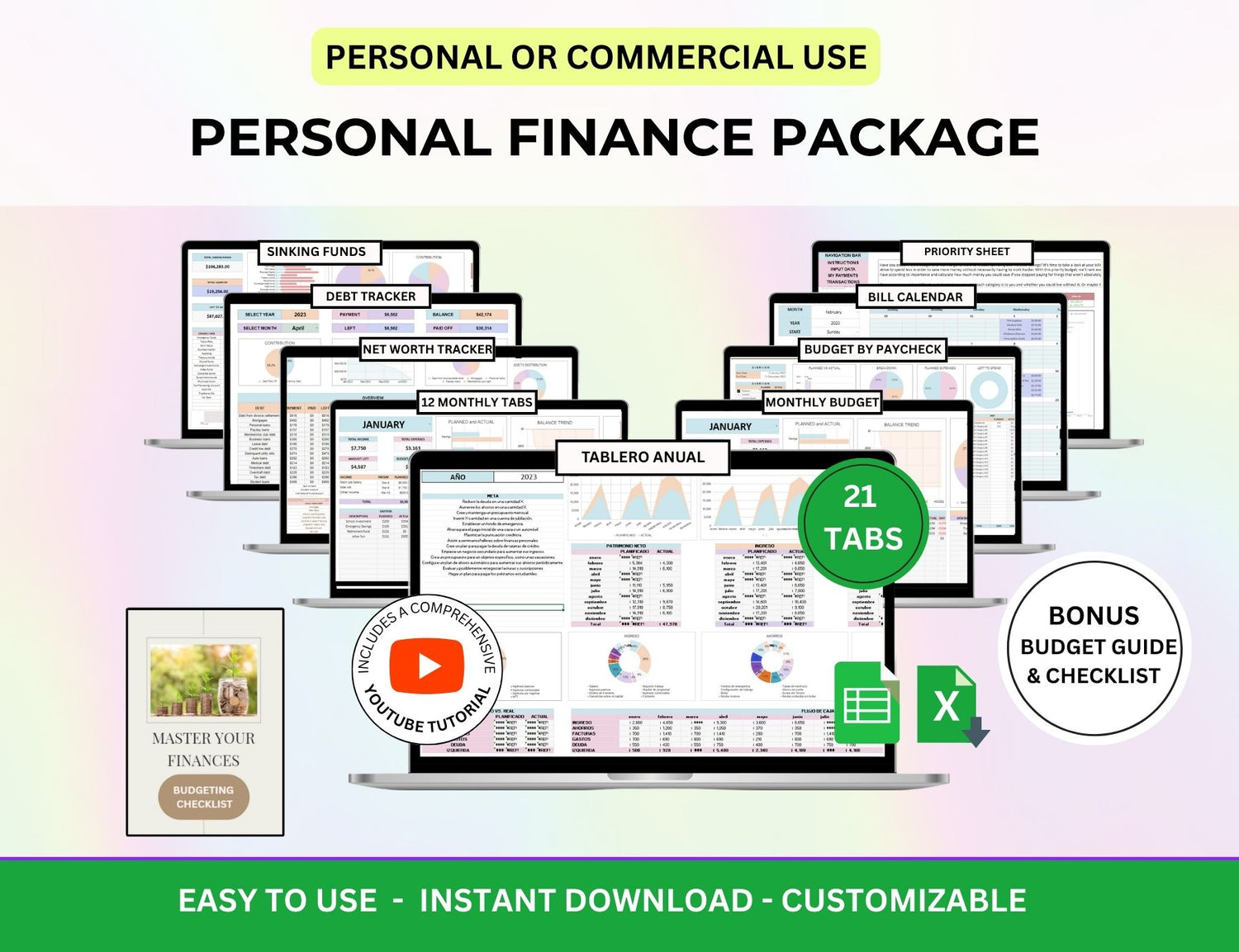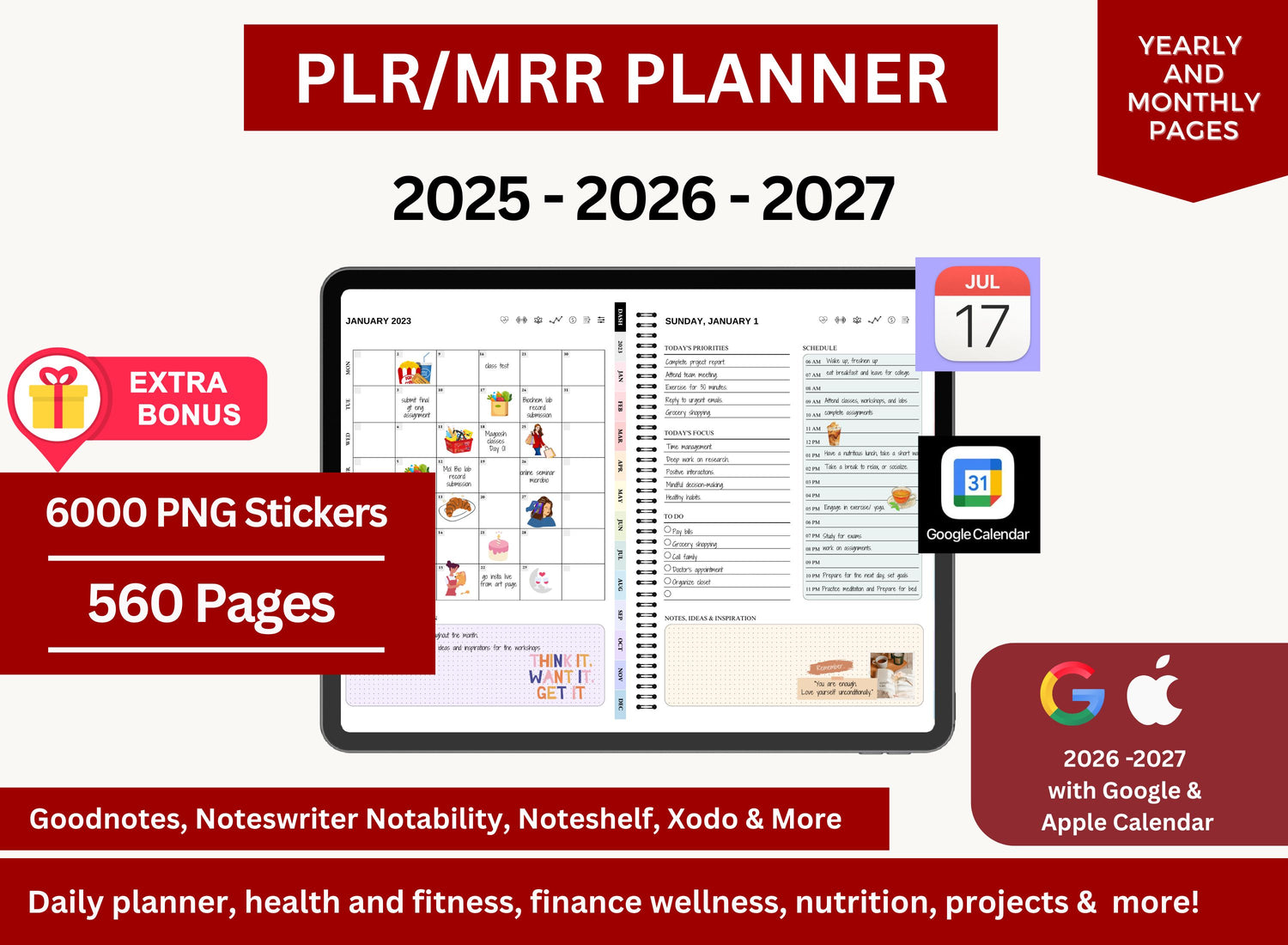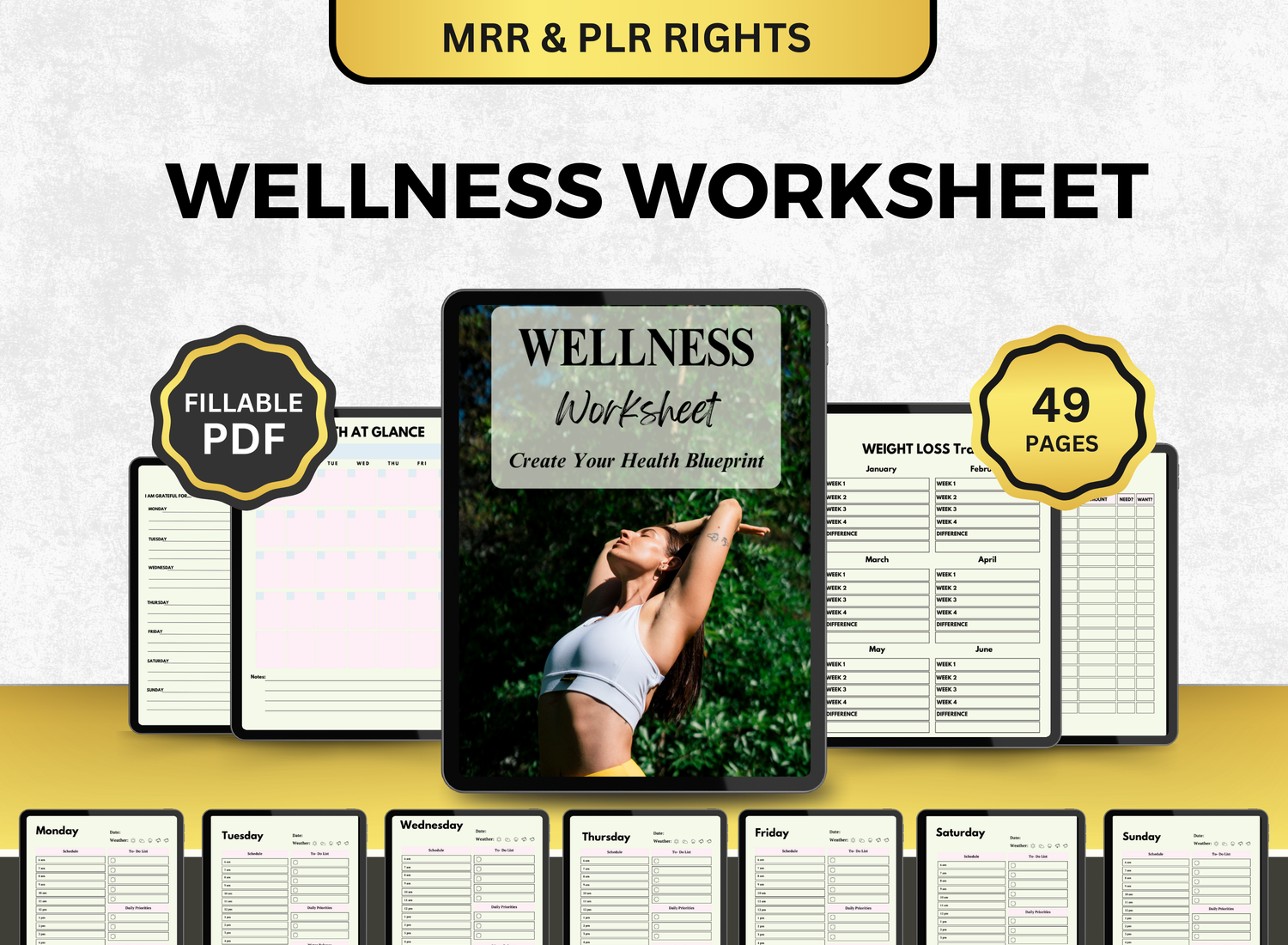WBS Dictionary Project Management Excel Template
The Work Breakdown Structure, or WBS, is an organizational instrument based on providing hierarchy to tasks in a given project while the WBS Dictionary is the document template of this instrument where the team determines the limitations of the project, its inciting tasks, team responsibilities, and other necessary information the group must take note of. This means the WBS Dictionary acts as a reference material for the team to review and base decisions on—making sure that everyone is aligned on their role and which stage of the project they are paying attention towards.
A WBS Dictionary Spreadsheet with other project management templates pairs each WBS element with a detailed description that covers critical elements including the scope of work, deliverables, milestones, resources needed, and any dependencies or limitations. This systematic method promotes clarity, transparency, and responsibility in project execution.
🔑Key Components of a WBS Dictionary🔑
A WBS Dictionary Spreadsheet typically includes the following sections:
1. WBS Code/ID
Every WBS element is given a unique identifier or code. This improves consistency in referring the pieces and guarantees that team members can readily discover and track specific tasks. For example, you may use WBS codes like "1.1" for the first sub-task under the main job, or "2.3.1" for a more complex sub-task.
2. WBS Description
“WBS Description” pertains to a detailed explanation of the tasks involved in a particular stage of a project. This section will provide the “what” of an action item, with a detailed outline of what the team can envision will happen and the necessity of this particular task.
3. Scope of Work
This section defines the particular scope and limitations of the WBS element, describing what is included in the work package and, in some situations, what is excluded. It clarifies expectations and eliminates scope creep by ensuring that team members understand the precise deliverables.
4. Deliverables
Each WBS element's deliverables should be explicitly stated. This section outlines the concrete outputs or outcomes that will be produced as a result of accomplishing the assignment. Reports, designs, prototypes, and other measurable work products could all be considered deliverables.
5. Responsible Party
This element specifies which team member was chosen to complete the action item. Through assigning these tasks, it ensures that members of the team are informed on their contributions and that they can be held accountable in watching the progress of that particular task.
6. Milestones
“Milestones” covers the major objectives and due dates of the action items. Not only does this cover the due dates of the tasks, it mostly pertains to the completion of major events or phases of the project. It aids in tracking the progress of the project as a whole but as well as the timeline of each given task.
7. Resources Required
“Resources Required” focuses on the resources the task needs; this pertains to money, materials, instruments, and labor. It helps the team understand what is needed to finish a task and how to allocate their resources suitably.
8. Dependencies
Unlike other instruments for project management, WBS Dictionary with other project management templates incorporates the “Dependencies” section to the planning. This section focuses on tasks that need to be completed before other action items are tackled. Differentiating and categorizing these tasks can ensure no cramming during project execution and that all activities are finished on time.
9. Constraints
“Constraints” is the section that focuses on the possible limitations or hurdles the members might encounter in completing the action item—for example, a particular task has the possibility of taking too long if something happens, this is an example of a time constraint limitation. Some other examples are financial limits or regulatory obligations or permits.
10. Assumptions
“Assumptions” is also a unique section for a project management instrument and this is because WBS Dictionary focuses on preventative measures for possible troubles that may arise during execution. This section focuses on the possible factors that could affect the action item like availability of resources and technology, and etc..
💡Benefits of Using a WBS Dictionary Template💡
A WBS Dictionary Spreadsheet offers several benefits to project managers and teams, including:
★ Clarity and Transparency ★
By providing detailed descriptions and objectives for each action item, this template ensures that all members understand their roles and what is expected of them—-reducing confusion and promoting collaboration.
★ Better Communication ★
A detailed WBS Dictionary template facilitates communication within the project team and among stakeholders. Collaborators can use the document as reference for any clarifications or questions, lessening chances of misinterpretations.
★ Improved Tracking and Accountability ★
This because WBS as a template has a section dedicated to indicating the role of each team member, what action items they are assigned to, and the given deliverables and objectives of the assigned task. Because of this specificity, WBS Dictionary can quickly track the progress of each member and keep each individual responsible.
★ Efficient Resource Management ★
Because WBS Dictionary focuses on expounding and breaking down each action item of a project, each task is expected to be given a detailed explanation of the resources allocated for it, along with the possible limitations—improving resource planning.
★ Risk Management ★
The WBS Dictionary, which outlines dependencies, restrictions, and assumptions, can assist in identifying potential hazards early in the project. This enables the team to plan mitigation techniques ahead of time and avoid delays.
★ Scope Control ★
The scope of work for each WBS piece is clearly specified, which helps to prevent scope creep. If any adjustments are required, they can be documented and tracked, ensuring that the project remains within its specified constraints.
👉 Click here to get WBS Dictionary Templates with other Project Management Templates at limited time DISCOUNTED PRICES
💻How to Create a WBS Dictionary Tracker💻
In creating a Work Breakdown Structure Dictionary spreadsheet, this can be done through traditional methods or through server-based applications like MS Excel or Google Sheet. Not only are these applications accessible but they also offer the feature of being able to access project management templates online, meaning you do not have to do much in creating a template for your team. These platforms are also easy to navigate, and allow the user ability to share the document with multiple individuals, and for these individuals to edit the file at the same time.
☆ Step 1: Start with a Template
A pre-designed WBS Dictionary template can help to ease the procedure. The template should include all of the columns listed above (e.g., WBS code, description, scope of work, deliverables, etc.).
☆ Step 2: Break Down the Project
Using the Work Breakdown Structure, divide the project into smaller, more manageable tasks and subtasks. Each job should be assigned to a line in the WBS Dictionary Spreadsheet.
☆ Step 3: Fill in the Details
Detail the action items, i.e., tasks and subtasks, create a list of deliverables for each item, assign individuals to their roles, objectives of each item, resources required. WBS Dictionary also requires teams to brainstorm on the possible limitations they may encounter during execution, and elements that could heavily affect the completion of the task.
☆ Step 4: Organize the Data
Make the spreadsheet easy to navigate by arranging the WBS elements in a hierarchical order. Use the WBS code to assign numbers to tasks and subtasks, then categorize them accordingly.
☆ Step 5: Update Regularly
The WBS Dictionary should be a live document that is updated as the project moves forward. Track milestones, notify responsible stakeholders, and alter deliveries as necessary.
🔦How a WBS Dictionary Spreadsheet Integrates with Project Management Tools🔦
A WBS Dictionary spreadsheet integrates smoothly with various project management instruments and trackers. You can use it in tandem with your project management calendar template or project management tracker to record the progress in comparison with WBS’ milestones and deadlines.
By corroborating the WBS Dictionary with project management instruments like a project management dashboard, you can immediately update each task in the document and efficiently pinpoint any setbacks that may occur or have occurred.
Project managers can also utilize Excel project management templates to track budgets, allocate resources, and monitor the project's financial performance. A well-maintained WBS Dictionary spreadsheet guarantees that all of these tools work together to complete a successful project.
🔎Frequently Asked Questions About WBS Dictionary Templates🔎
1. What is WBS in project management?
╰┈➤ˎˊ˗ The Work Breakdown Structure (WBS) decomposes a project’s scope into manageable tasks, aiding resource allocation, progress tracking, budgeting, and risk management. It clarifies responsibilities, ensuring effective time, cost, and quality management.
2. What is WBS in project quality management?
╰┈➤ˎˊ˗ In project quality management, the Work Breakdown Structure (WBS) template with other project management templates helps ensure quality standards are met by breaking down tasks and deliverables. It aligns quality goals with project scope, defines quality requirements for each task, and establishes checkpoints for quality assurance, ensuring quality is integrated throughout the project lifecycle.
3. What is the difference between a WBS and a WBS Dictionary?
╰┈➤ˎˊ˗ The distinction between the Work Breakdown Structure (WBS) method and a WBS Dictionary is in their aim. WBS is an approach normally used to divide a big project into smaller tasks that can be ranked based on necessity and easily accomplished by individuals. On the other hand, a WBS Dictionary is a reference material. This is where the details of a project can be found, from task descriptions to their limitations.
4. Can I use a WBS Dictionary template for any type of project?
╰┈➤ˎˊ˗ Yes, a WBS Dictionary template can be applied to any type of project. This is because WBS Dictionary focuses on task management and organization, making its pre-positioned sections vague enough to be pliant to any project.
5. How do I track progress with a WBS Dictionary?
╰┈➤ˎˊ˗ While using a project management tracker, users are encouraged to use the dictionary as a reference point for members navigating tasks. You can apply the deadlines of each action to the tracker while using the dictionary to record the specifics and the objectives within the task itself.
6. How to make WBS for a project?
╰┈➤ˎˊ˗ Creating a WBS involves defining scope, identifying deliverables, breaking them into clear, manageable tasks, assigning resources, and reviewing regularly to ensure successful project management and delivery.
7. What are the 5 steps in WBS?
╰┈➤ˎˊ˗ Creating a Work Breakdown Structure (WBS) involves five key steps: defining the project scope, identifying major deliverables, breaking down deliverables into smaller work packages, defining relationships between tasks, and reviewing and refining the WBS. This process ensures that all tasks are accounted for, dependencies are understood, and resources are properly allocated, guiding the project to successful completion.
8. Where can I find a WBS Dictionary template?
╰┈➤ˎˊ˗ You can either create your own template or there are WBS Dictionary templates available and downloadable online. These are usually pre-made and pre-formulated with customizable layouts and graphics.
9. Can I use a WBS Dictionary in Google Sheets?
╰┈➤ˎˊ˗ Yes, the WBS Dictionary may be constructed using Google Sheets. Google Sheets allows for real-time collaboration and sharing with your project team.
10. Can a WBS Dictionary help in managing project risks?
╰┈➤ˎˊ˗ Yes, by outlining dependencies, restrictions, and assumptions, the WBS Dictionary enables project managers to identify potential risks and prepare mitigation techniques accordingly.
The WBS Dictionary spreadsheet is a crucial tool for any project manager who wants to organize and define their project's scope, responsibilities, and deliverables. A precise analysis of each task item promotes clear communication, better tracking, and increased accountability throughout the project team.













